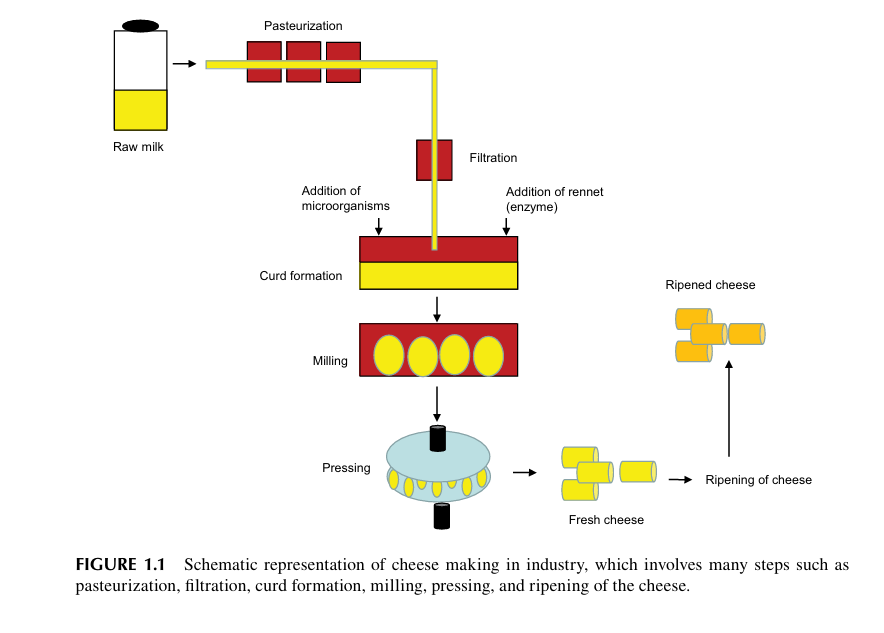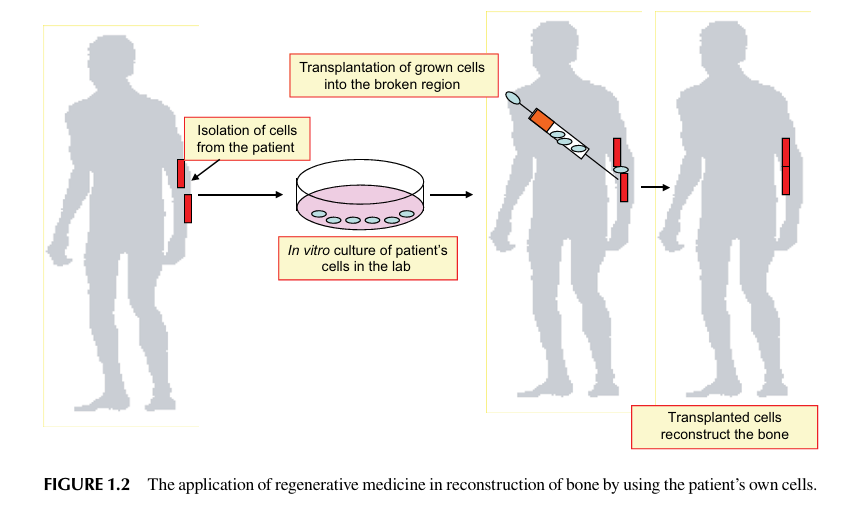
DEFINITIONS OF BIOTECHNOLOGY
 المؤلف:
phD. Firdos Alam Khan
المؤلف:
phD. Firdos Alam Khan
 المصدر:
Biotechnology Fundamentals
المصدر:
Biotechnology Fundamentals
 الجزء والصفحة:
3rd E, p2-3
الجزء والصفحة:
3rd E, p2-3
 2024-12-30
2024-12-30
 1281
1281
The general definition of biotechnology is a field that involves the use of biological systems or living organisms to manufacture products or develop processes that ultimately benefit humans. The following are some of the most commonly used definitions of biotechnology:
- The use of living organisms (especially microorganisms) in industrial agricultural, medical , and other technological applications.
- The application of the principles and practices of engineering and technology to the life sciences.

- The use of biological processes to make products.
- The production of genetically modified organisms or the manufacture of products from genetically modified organisms.
- The use of living organisms or their products to make or modify a substance. Biotechnology includes recombinant DNA (deoxyribonucleic acid) techniques (genetic engineering) and hybridoma technology.
- A set of biological techniques developed through basic research and applied to research and product development.
- The use of cellular and biomolecular processes to solve problems or make useful products.
- An industrial process that involves the use of biological systems to make monoclonal antibodies and genetically engineered recombinant proteins.
- Development of 3D organs or tissues under in vitro conditions
We should not debate on which of the given definitions is true because all of them are true in their respective ways. For example, if you ask a farmer about what biotechnology is, he or she may say, "Biotechnology is to produce high yield or pest-resistant crops." If you pose the same question to a doctor, he or she may say, "Biotechnology is about making new vaccines and antibiotics." If you ask the question to an engineer, he or she may say, "Biotechnology is about designing new diagnostic tools for better understanding of human diseases,” and if you ask the question to a patient suffering from Parkinson's disease, he or she may say "Biotechnology is about stem-cell-based therapy and has tremendous capability to cure Parkinson's disease." All of these different definitions of biotechnology suggest that biotechnology has immensely impacted our daily life with arrays of products. As the field of biotechnology keeps expanding, efforts are being made to subclassify this field into various types. The field of biotechnology may be broadly subclassified into animal, plant, medical, industrial, and environmental biotechnology. Nonetheless there are other emerging fields of biotechnology, such as regenerative medicine (Figure 1.2), biosimilars, pharmacogenomics, bioinformatics, therapeutic proteins, forensic science, synthetic biology, bio-robotics, and biomimetics.

 الاكثر قراءة في مواضيع عامة في التقانة الإحيائية
الاكثر قراءة في مواضيع عامة في التقانة الإحيائية
 اخر الاخبار
اخر الاخبار
اخبار العتبة العباسية المقدسة


